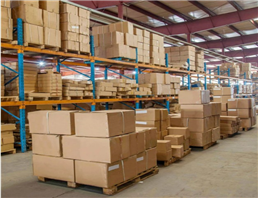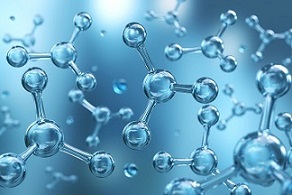 Catalase enzyme is a common enzyme found in nearly all living organisms exposed to oxygen (such as bacteria, plants, and animals). It catalyzes the decomposition of hydrogen peroxide to water and oxygen. It is a very important enzyme in protecting the cell from oxidative damage by reactive oxygen species (ROS). Likewise, catalase has one of the highest turnover numbers of all enzymes; one catalase molecule can convert millions of hydrogen peroxide molecules to water and oxygen each second.
Catalase enzyme is a common enzyme found in nearly all living organisms exposed to oxygen (such as bacteria, plants, and animals). It catalyzes the decomposition of hydrogen peroxide to water and oxygen. It is a very important enzyme in protecting the cell from oxidative damage by reactive oxygen species (ROS). Likewise, catalase has one of the highest turnover numbers of all enzymes; one catalase molecule can convert millions of hydrogen peroxide molecules to water and oxygen each second.
1. Textile Industry: to remove hydrogen peroxide after bleaching and before dyeing, saving water, energy and time, not damaging the fibers and dyes, and do not pollute the environment.
2. Papermaking Industry: monitoring and optimizing the amount of catalase in bleaching process, degrading residual hydrogen peroxide after the bleaching.
3. Electronics Industry: to remove hydrogen peroxide after eroding germanium, silicon transistors and semiconductor components; saving water, energy and time.
4. Food Industry: to remove residual catalase after using it as bleacher, oxidation, starch denaturant and preservative in food processing; can be used for eliminating the special odor of hydrogen peroxide caused by ultraviolet irradiation in production of milk, egg products, cheese and other products, also used as leavening agent of baking food.

|
SPECIFICATION:
|
Components:
|
Guaranteed Analysis:
|
|
Appearance
|
White or Yellow Brown Powder
|
|
Assay
|
50000-200000 u/ml
|
|
Odor
|
Odorless
|
|
Residue on Ignition
|
NMT 0.70%
|
|
Hydrolysis Substances
|
Pass tests
|
|
Related Substances
|
Pass tests
|
|
Moisture
|
NMT2.0%
|
|
Methanol
|
NMT 10mg/kg
|
|
Heavy Metals
|
NMT 10mg/kg
|
|
Lead(Pb)
|
NMT 3.0mg/kg
|
|
Arsenic (As)
|
NMT 3.0mg/kg
|
|
Total plant count
|
NMT 250 cfu/g
|
|
Yeast & moulds
|
NMT 50 cfu/g
|
|
Escherichia Coli
|
Negative
|
|
Salmonella
|
Negative
|
|
Staphylococcus Aureus
|
Negative
|
|
Pseudomonas aeruginosa
|
Negative
|



 China
China




